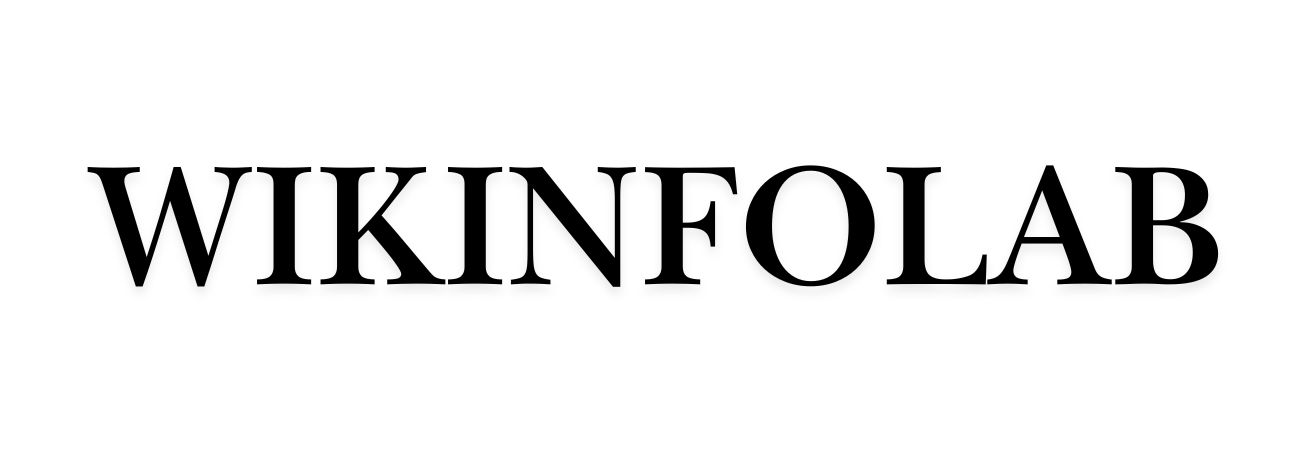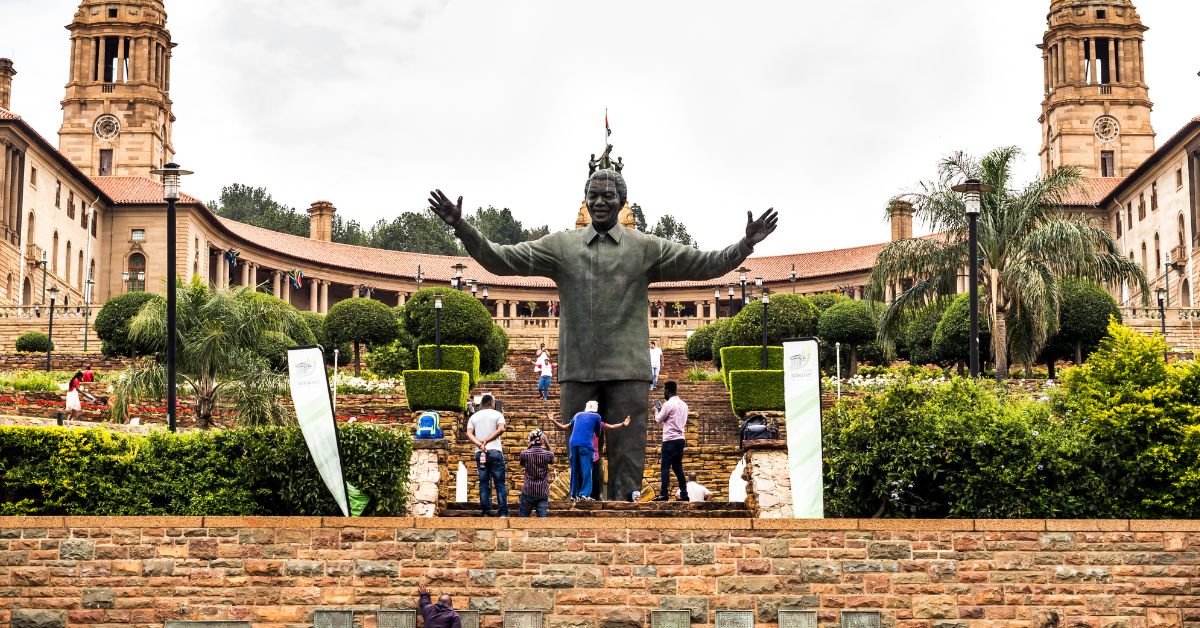Introduction to Cremation
Cremation, a practice with ancient roots, has become a prevalent choice in modern end-of-life planning. As societies evolve, so do the ways we honor and commemorate our loved ones after they pass. Understanding the cremation process is crucial for those considering it as an option, as it provides a respectful and practical alternative to traditional burial methods. This article delves into the intricacies of cremation, offering insights into its significance and the steps involved.
For many, the decision to choose cremation is influenced by various factors, including environmental concerns, cost considerations, and personal or family traditions. As such, it is essential to approach this topic with sensitivity and awareness of its diverse implications. By exploring the various aspects of cremation, individuals can make informed decisions that align with their personal values and beliefs.
The Cremation Process Explained
The cremation process begins with the preparation of the body, which involves removing any medical devices or prosthetics that might interfere with the procedure. Once prepared, the body is placed in a cremation chamber, also known as a retort, where it is exposed to intense heat ranging from 1,400 to 1,800 degrees Fahrenheit. This high temperature reduces the body to bone fragments over a period of approximately two to three hours.
After the cremation is complete, the remains are cooled and then processed into a fine powder, commonly referred to as “ashes.” These ashes are placed in a temporary container or an urn selected by the family. It’s important to note that the entire process is conducted with the utmost respect and care, ensuring that the deceased is treated with dignity throughout.
The choice of cremation can be influenced by several factors, including environmental considerations. Cremation is often viewed as a more eco-friendly option compared to traditional burial, which requires land use and the potential for chemical leakage from embalming fluids. Additionally, cremation offers flexibility in memorialization, allowing families to choose how and where to honor their loved one’s memory.
Considerations and Cultural Perspectives
When considering cremation, it is essential to acknowledge the cultural and religious perspectives that may influence this decision. Different cultures have varying beliefs about cremation, with some viewing it as a sacred rite and others preferring burial due to religious doctrines. Understanding these perspectives can help individuals and families make decisions that honor their cultural heritage and personal beliefs.
Moreover, the cost of cremation is often a factor in the decision-making process. Generally, cremation is more affordable than traditional burial, as it eliminates the need for a casket, burial plot, and headstone. However, costs can vary depending on the services chosen, such as memorial ceremonies or the purchase of a decorative urn.
In addition to these practical considerations, the emotional aspects of choosing cremation should not be overlooked. Families may find comfort in the flexibility cremation offers, such as the ability to scatter ashes in a meaningful location or keep them in a special place at home. Ultimately, the choice of cremation is deeply personal and should reflect the wishes of the deceased and their loved ones.






